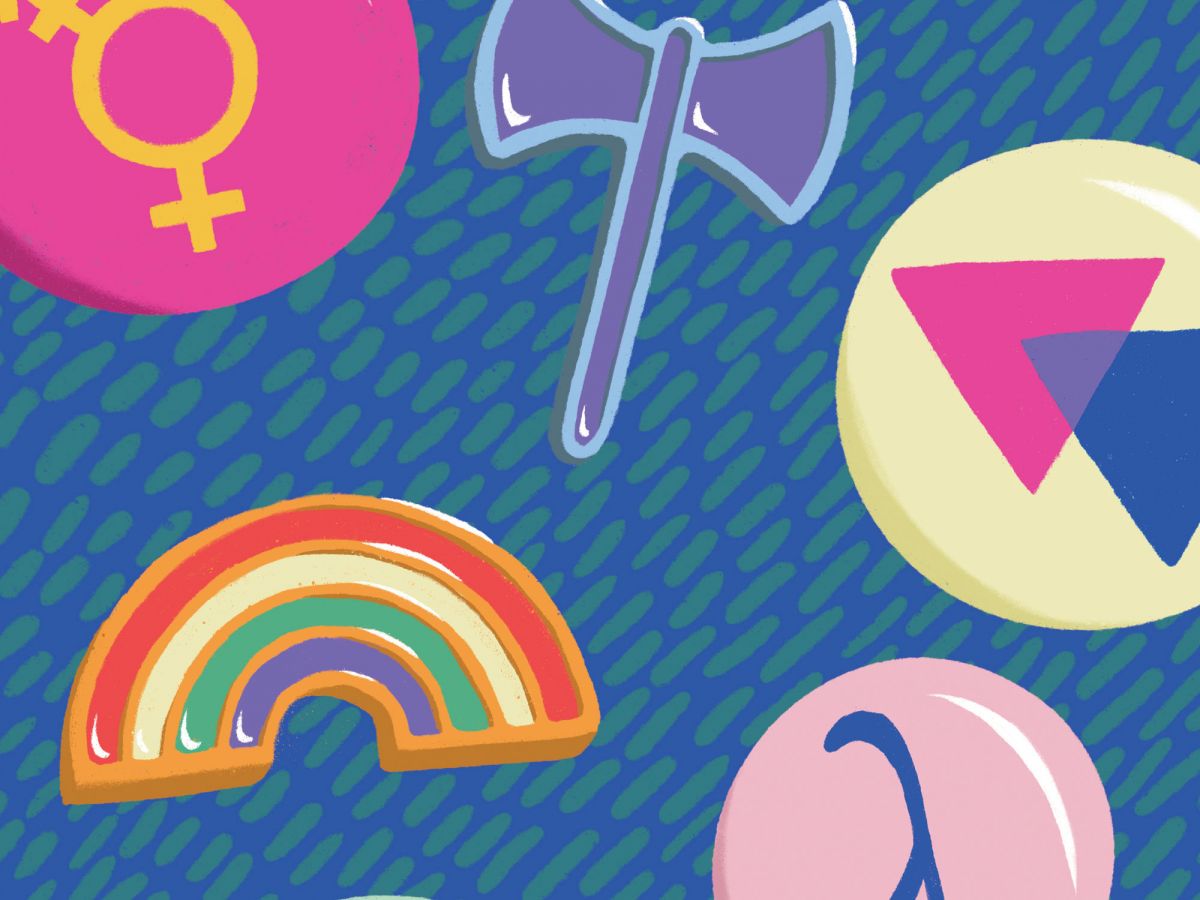
You may be familiar with the double Venus and double Mars designs, but that’s only the tip of the iceberg when it comes to symbols representing the LGBTQ+ community. Some of these symbols, such as violets and green carnations, originated as a secret way for the wearers to indicate their sexuality — similar to handkerchief code. Others, such as the P-shaped pansexual symbol, are intended to be more easily interpreted. Some of these symbols, like violets, have been used for millennia, while others, like the trans feminist symbol, have been in place for less than 20 years. Whatever the origin, these symbols are ways for the LGBTQ+ community to show their pride.
Gilbert Baker, who created the Pride flag and popularized the rainbow as a symbol for the LGBTQ+ community, wrote in his memoir that the queer community needed a new symbol after the pink triangle of Nazi Germany. "[The pink triangle] represented a dark chapter in the history of same-sex rights. Adolf Hitler conceived the pink triangle during World War II as a stigma placed on homosexuals in the same way the Star of David was used against Jews. It functioned as a Nazi tool of oppression," he wrote in his memoir. "We all felt that we needed something that was positive, that celebrated our love."
Many of the other designs come from a similar place — a need for a positive, celebratory symbol of a community, whether for the LGBTQ+ community as a whole or a more specific subset, like the pansexual community. Keep an eye out for these symbols, as well as others, this Pride month. You’ll likely see them on flags, banners, patches, pins, and T-shirts.
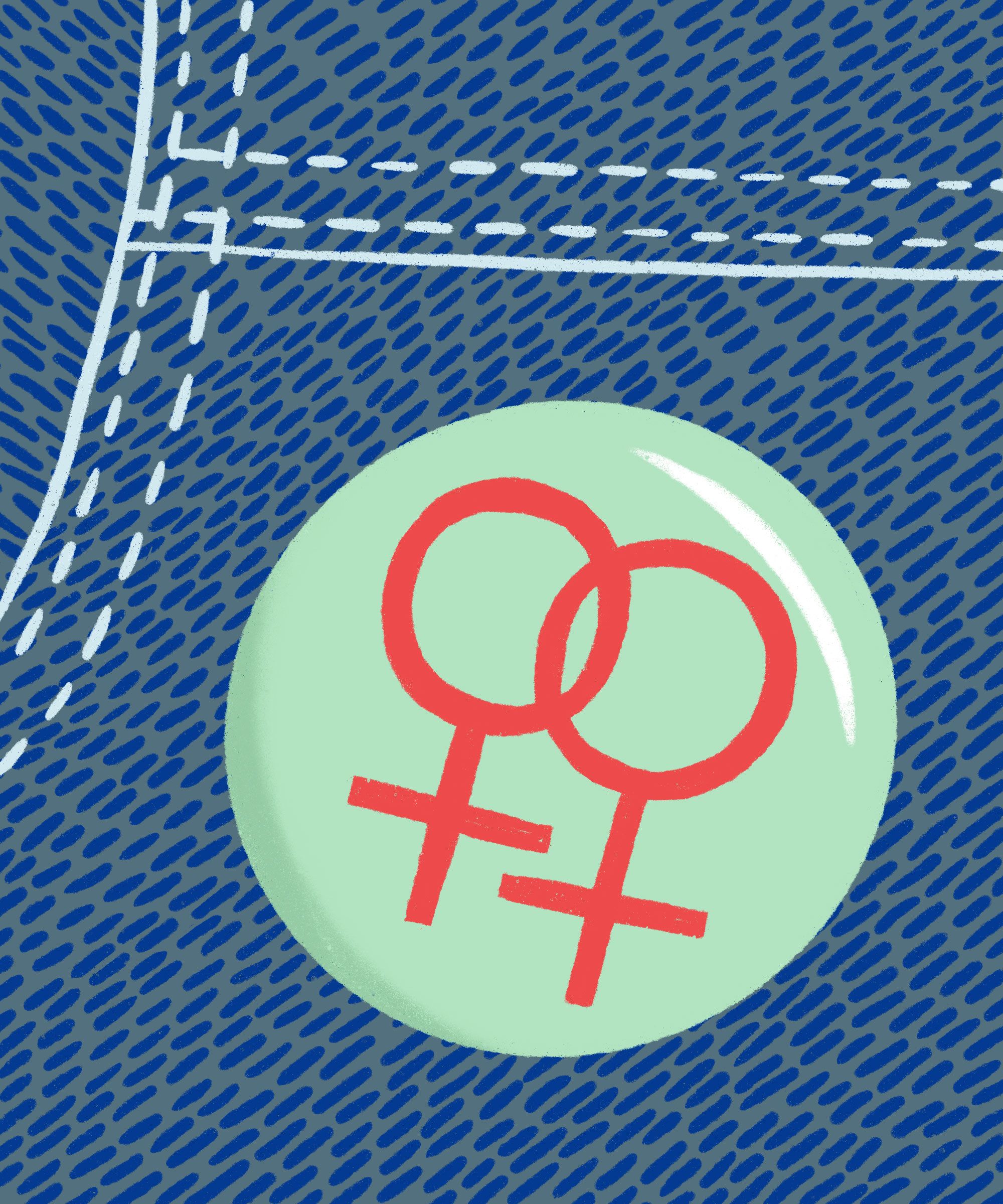
Double Venus
The double Venus symbol takes the Venus symbol — representing the female sex in some scientific fields — and doubles and interlocks it, creating a symbol for the lesbian community. While the Venus symbol itself dates back to somewhere between the 3rd and 8th century AD, the double Venus became popularized in the 1970s.
Illustrated by Lily Fulop
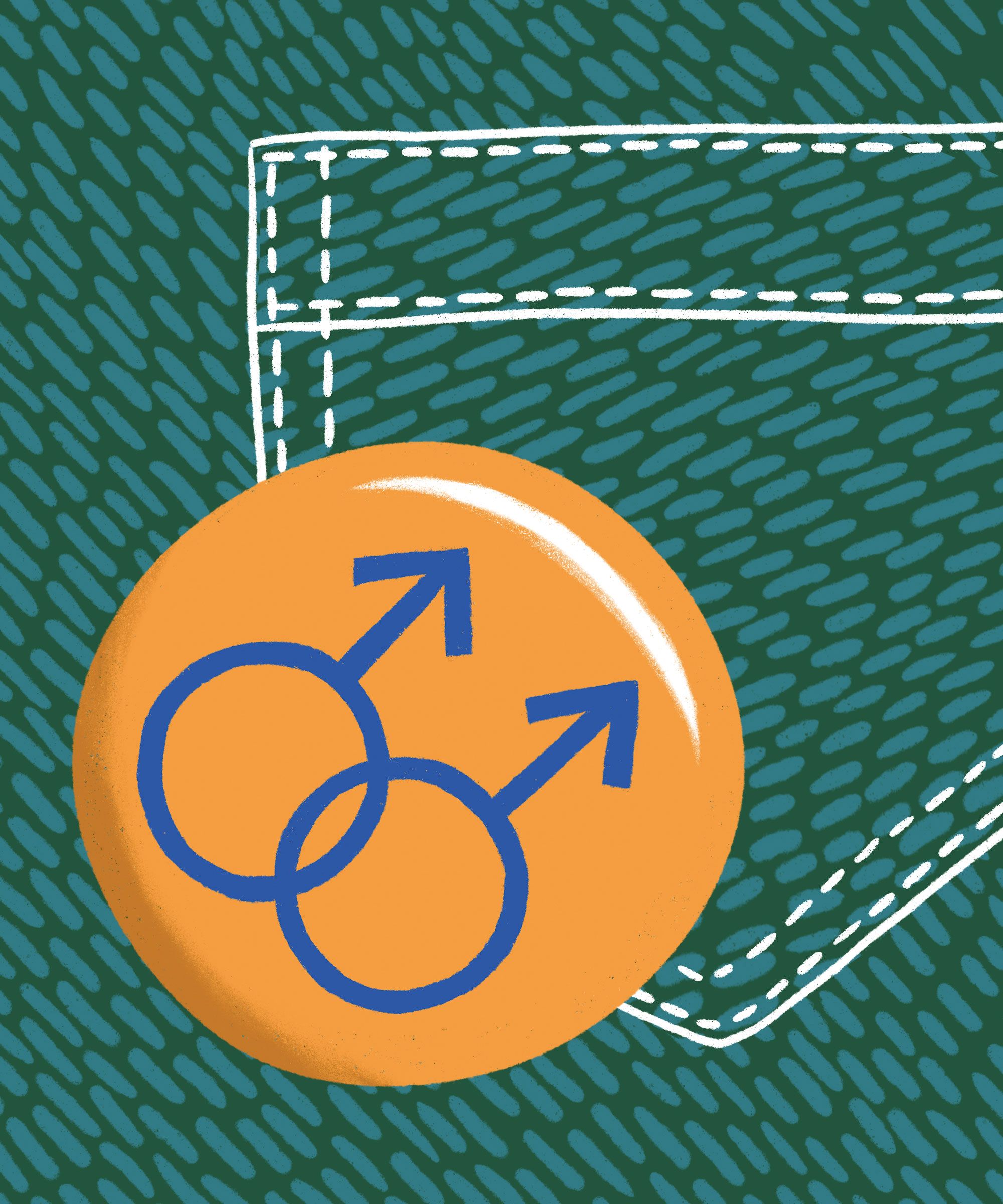
Double Mars
Just like the double Venus, the double Mars symbol takes the Mars symbol, used to represent the male sex in some scientific fields, and doubles it to create a symbol representing gay men. The double Venus and double Mars symbols became popular around the same time, in the 1970s.
Illustrated by Lily Fulop
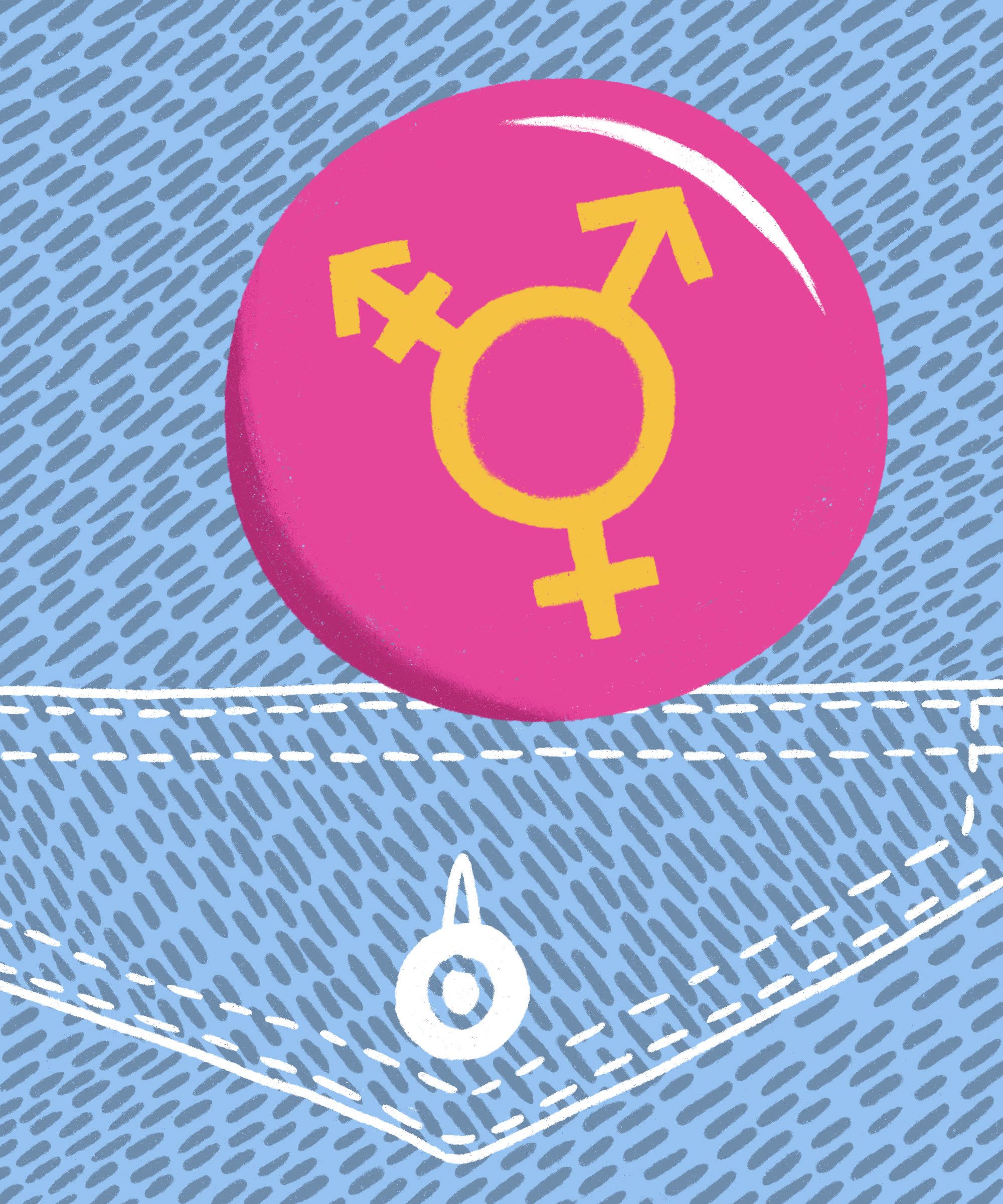
Transgender Symbol
While there are several different transgender symbols in use, this one is the most common. It combines the Venus symbol, the Mars symbol, and a combination Venus/Mars symbol into one image. It was designed by writer and activist Holly Boswell in 1993.
Illustrated by Lily Fulop
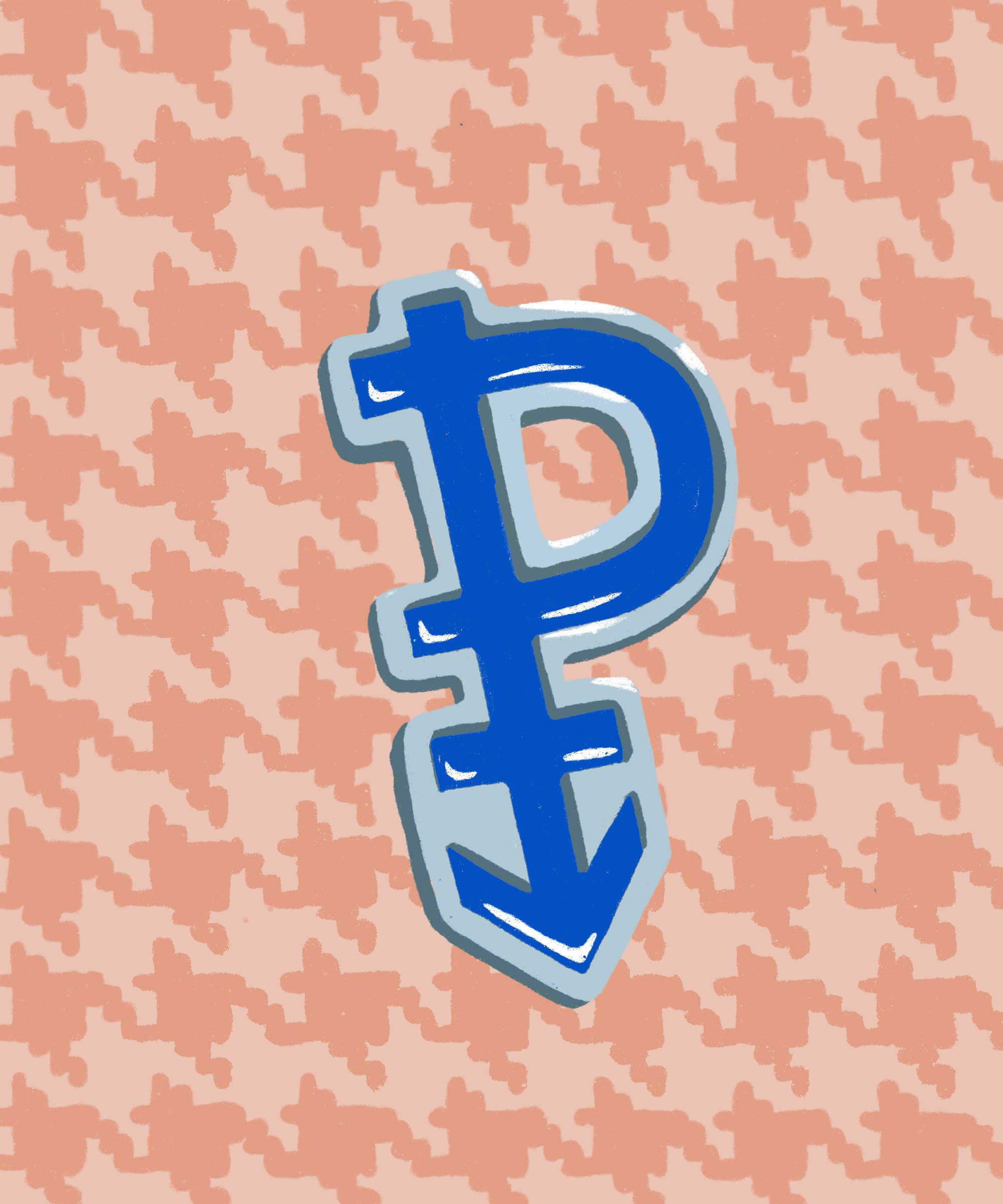
Pansexual Symbol
This symbol combines the male, female, and transgender symbols into one, new, P-shaped symbol representing pansexuality.
Illustrated by Lily Fulop
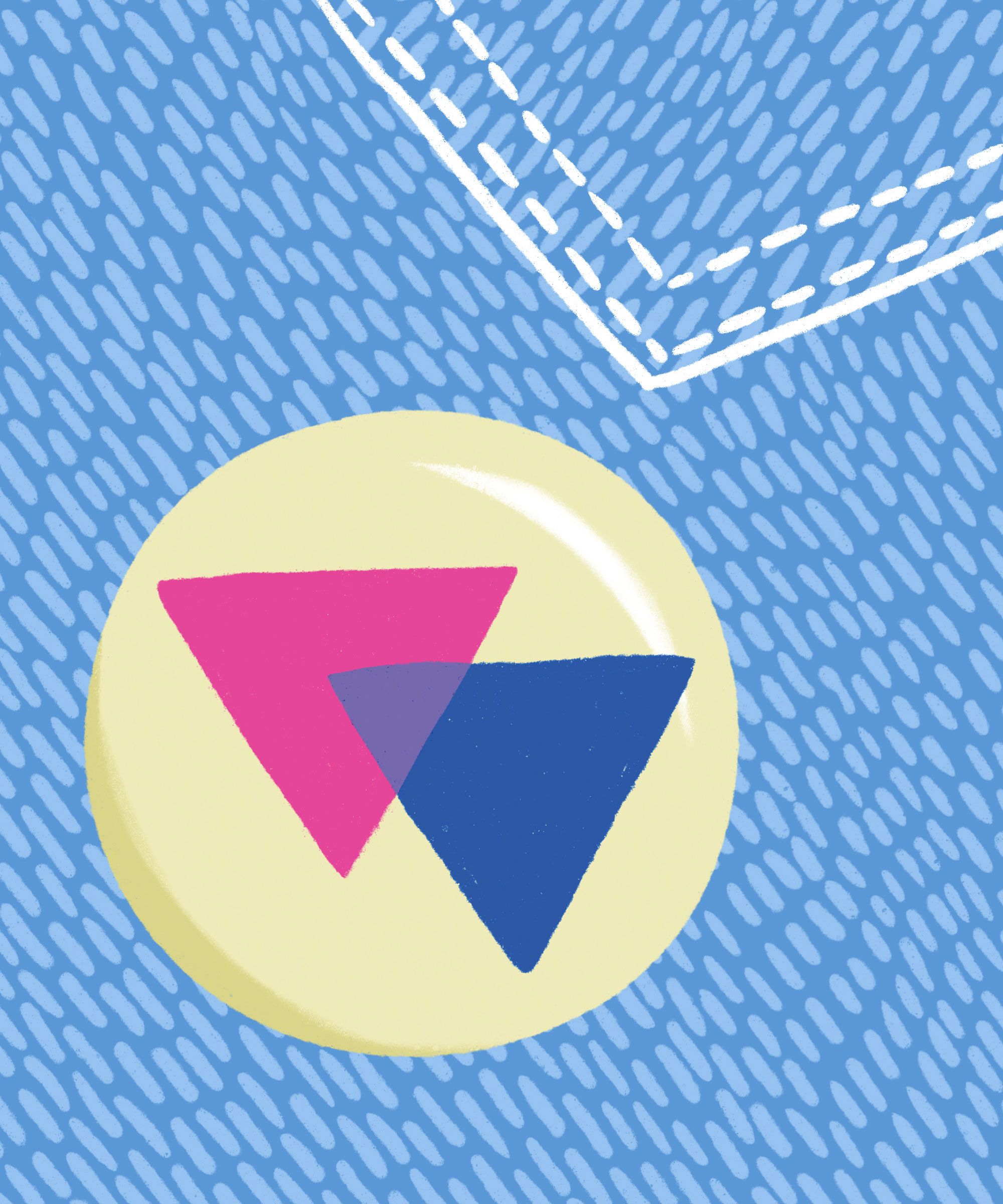
Double Triangles
The double triangles, also called the “bisexual triangles” or “bi-angles,” show a pink triangle and a blue triangle overlapping to create a purple triangle. While the symbol is common, people don’t agree on what it represents — some say the pink triangle represents attraction to women, the blue triangle represents attraction to men, and the purple triangle represents attraction to non-binary folks, while others say the pink represents homosexuality, the blue represents heterosexuality, and the purple represents bisexuality. Its origin is unclear, but it pre-dates the Bisexual Pride Flag, which was designed by Michael Page in 1998.
Illustrated by Lily Fulop
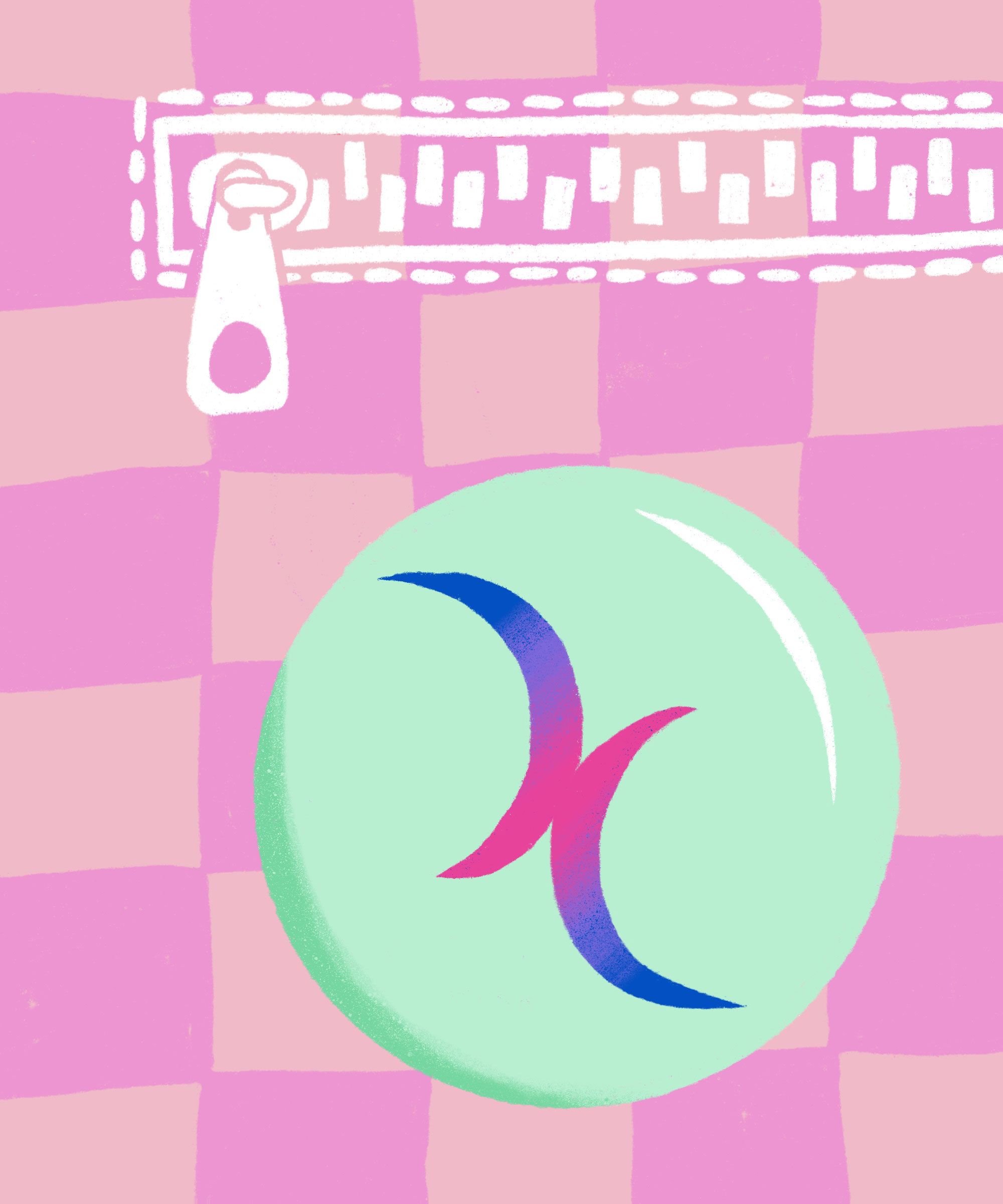
Double Moon
Some people in the LGBTQ+ community disagree with the use of the double triangles because they say it evokes the pink triangle of Nazi concentration camps. In 1998, Vivian Wagner created this double moon symbol as an alternative symbol.
Illustrated by Lily Fulop
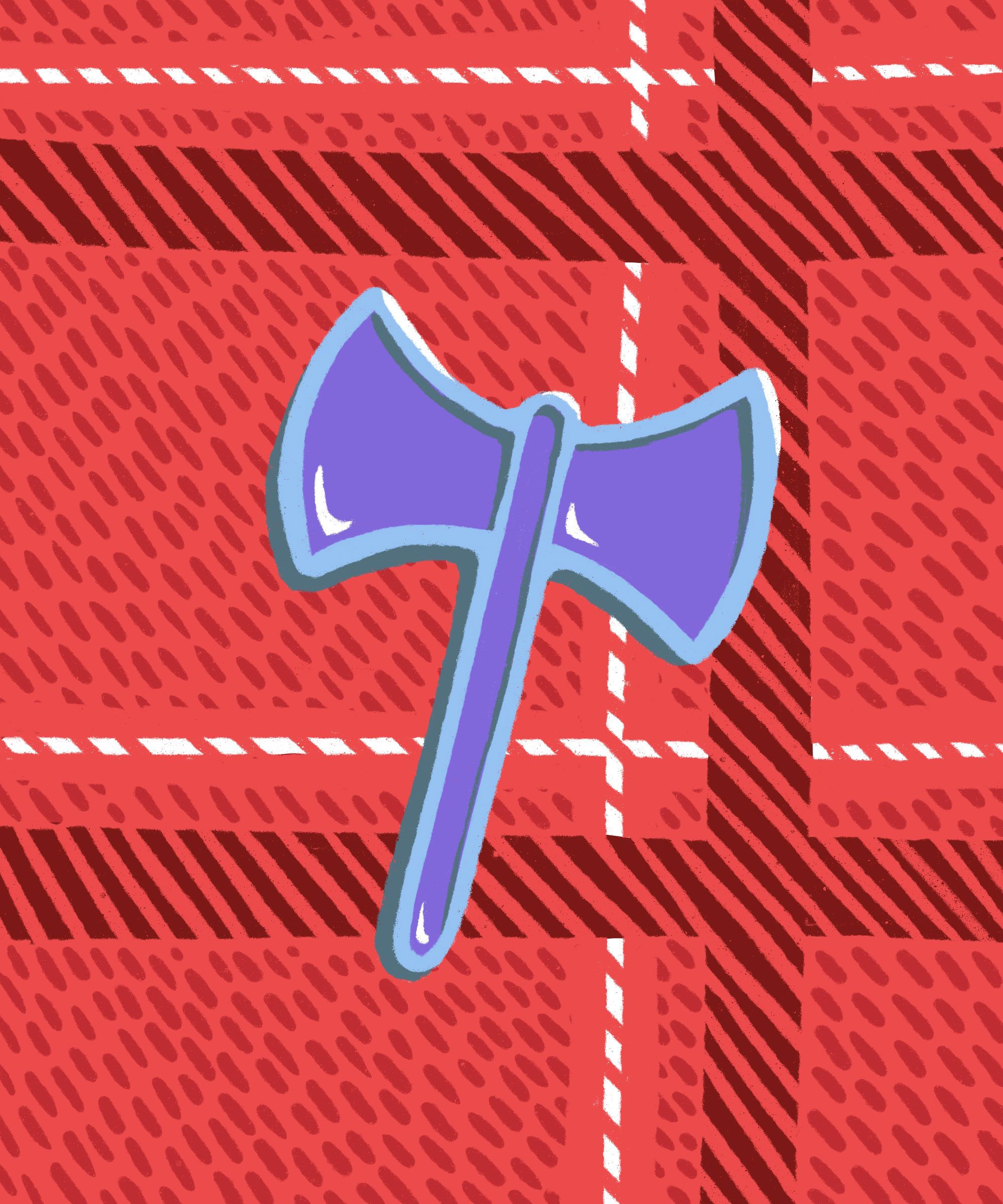
Labrys
The labrys is a double-headed axe. In Greek and Roman mythology, it’s associated with Amazons, as well as various goddesses including Laphria, Artemis, and Demeter. In the 1970s, lesbians embraced it as a symbol representing lesbian feminism.
Illustrated by Lily Fulop
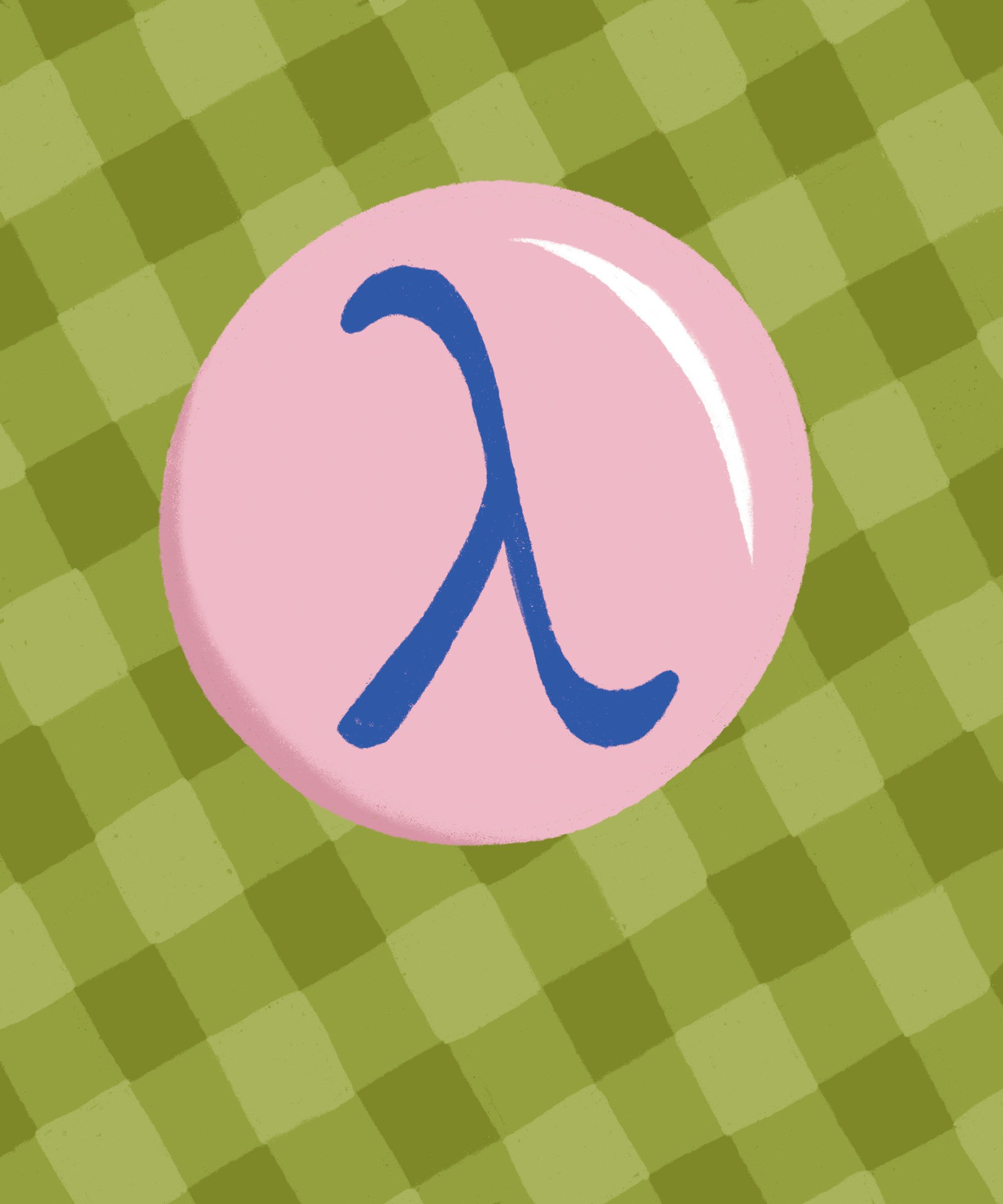
Lambda
Graphic designer Tom Doerr chose the lambda, a lower-case Greek letter, as a symbol for the New York chapter of Gay Activists Alliance in 1970, one year after Stonewall. The Gay Activist Alliance wrote that the symbol represented "a complete exchange of energy — that moment or span of time witness to absolute activity” and it “signifies a commitment among men and women to achieve and defend their human rights as homosexual citizens.” The symbol spread, and in 1974, the International Gay Rights Congress held in Edinburgh, Scotland adopted it as a symbol for lesbian and gay rights.
Illustrated by Lily Fulop
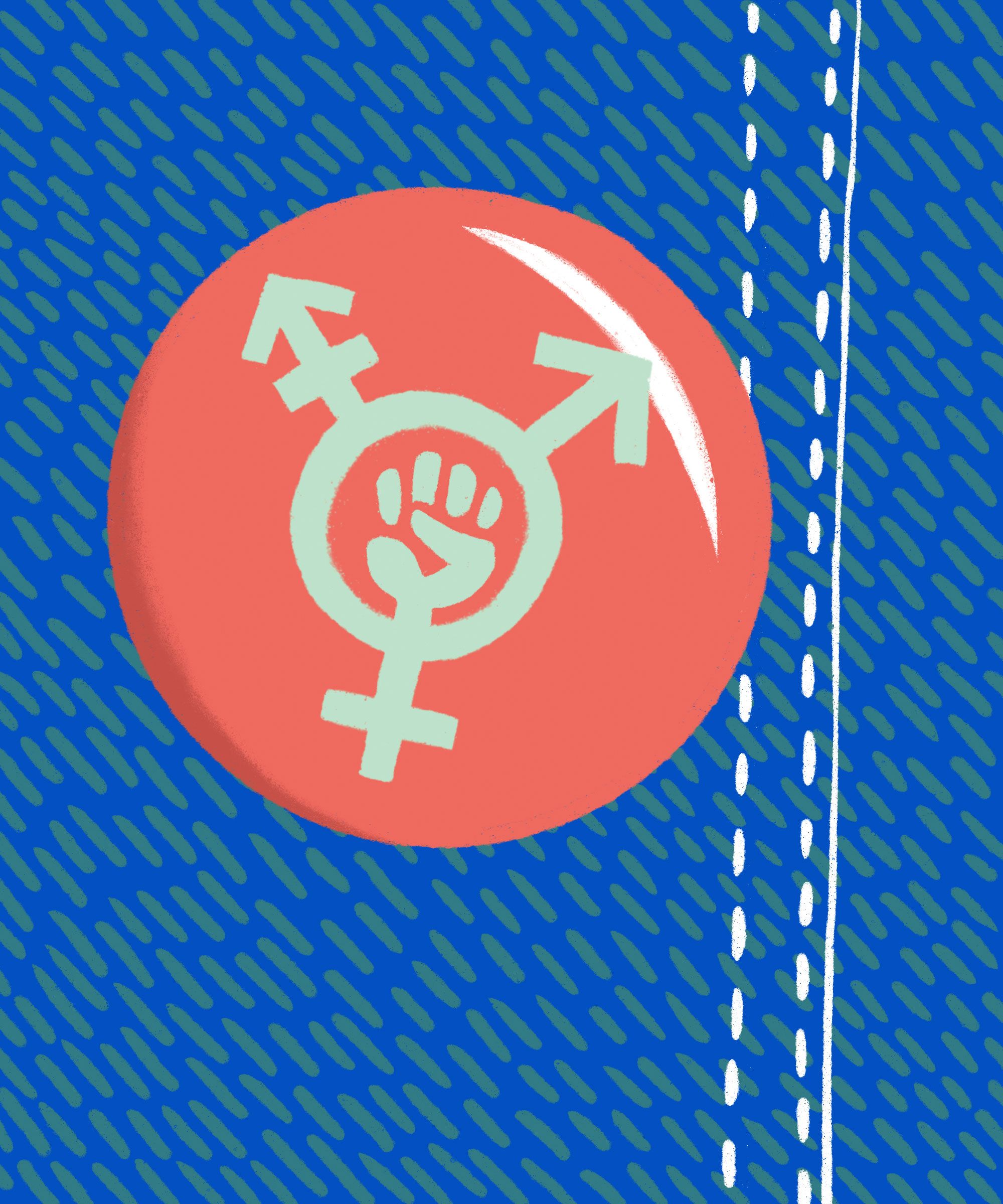
Trans Feminism
This symbol combines the transgender symbol with a raised fist symbol, creating a new symbol for trans feminism. “Transfeminism is primarily a movement by and for trans women who view their liberation to be intrinsically linked to the liberation of all women and beyond,” wrote Emi Koyama in the Transfeminist Manifesto, published in 2001.
Illustrated by Lily Fulop
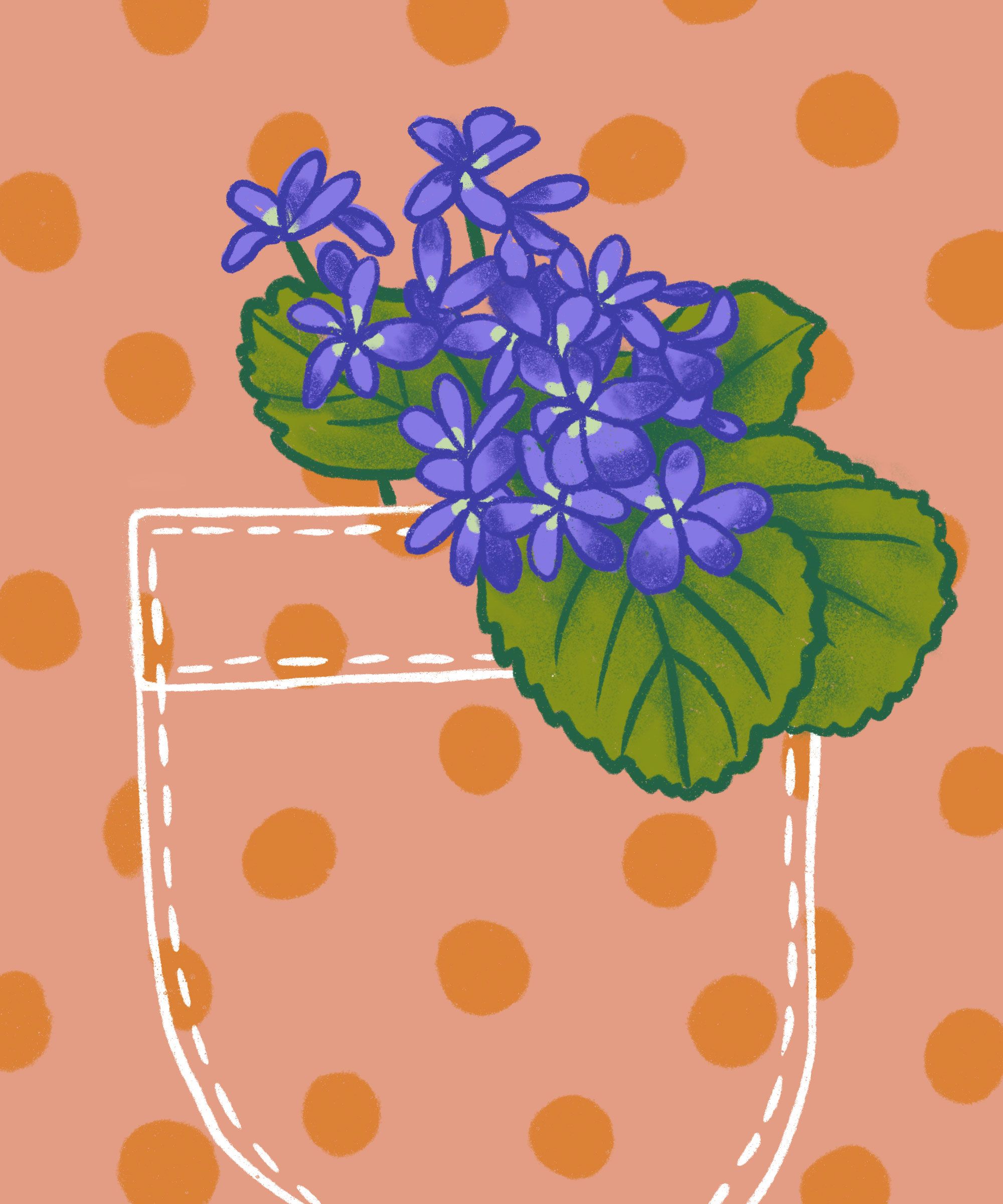
Violets
Violets have been associated with queer women since Sappho, who often referred to the flowers in her poetry. The symbol rose in popularity after a 1926 play, The Captive by Édouard Bourdet, showed a woman giving another woman a bouquet of violets as a symbol of her love.
Illustrated by Lily Fulop
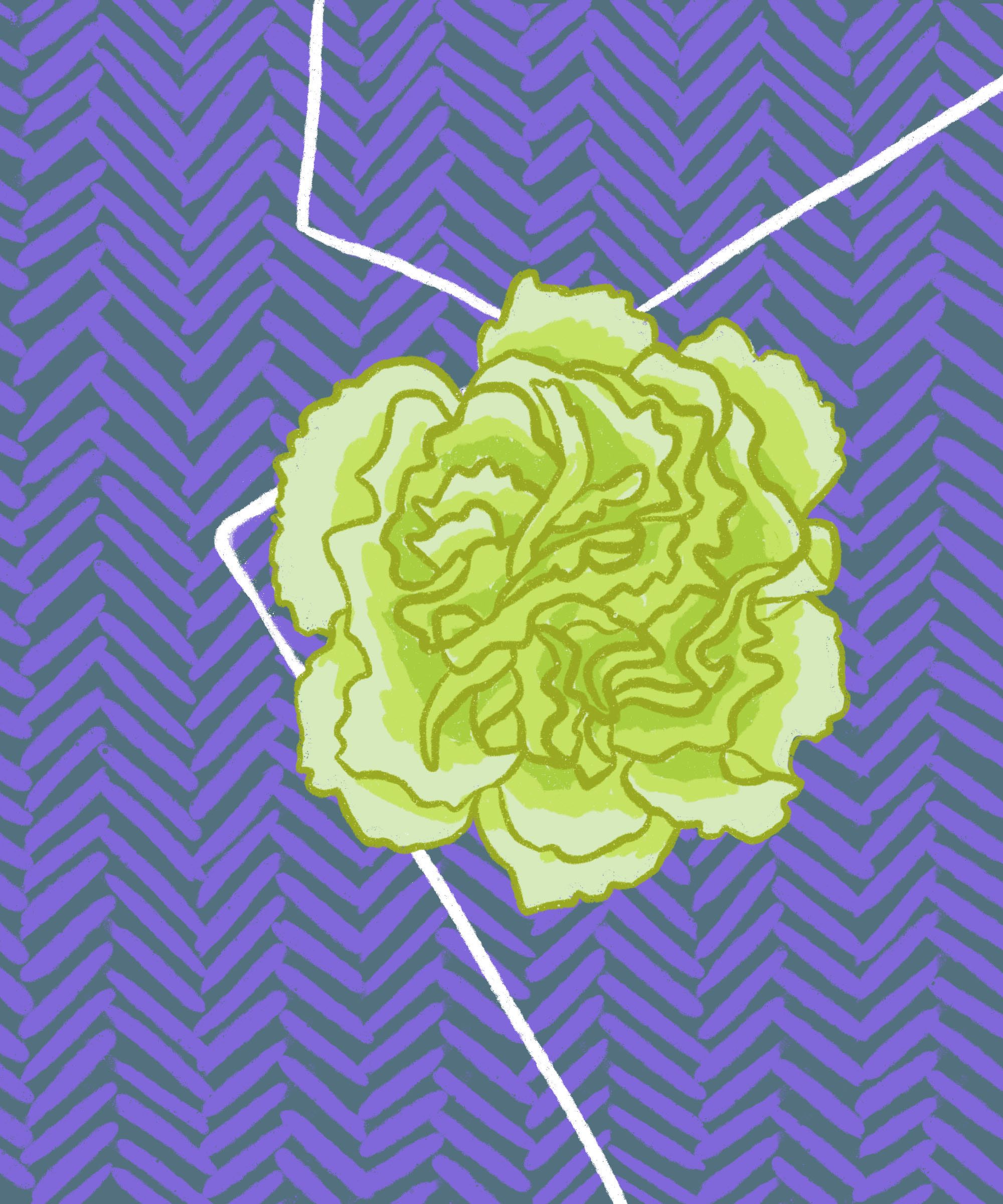
Green Carnation
The green carnation has been used a symbol for the LGBTQ+ community, particularly gay men, since the 1890s. In 1892, Oscar Wilde instructed an actor in his play Lady Windermere’s Fan, as well as a dozen of Wilde’s own followers, to wear green carnations on opening night. Some scholars say that Wilde borrowed the green carnation from the gay scene in Paris, while others say he thought of it himself.
Illustrated by Lily Fulop
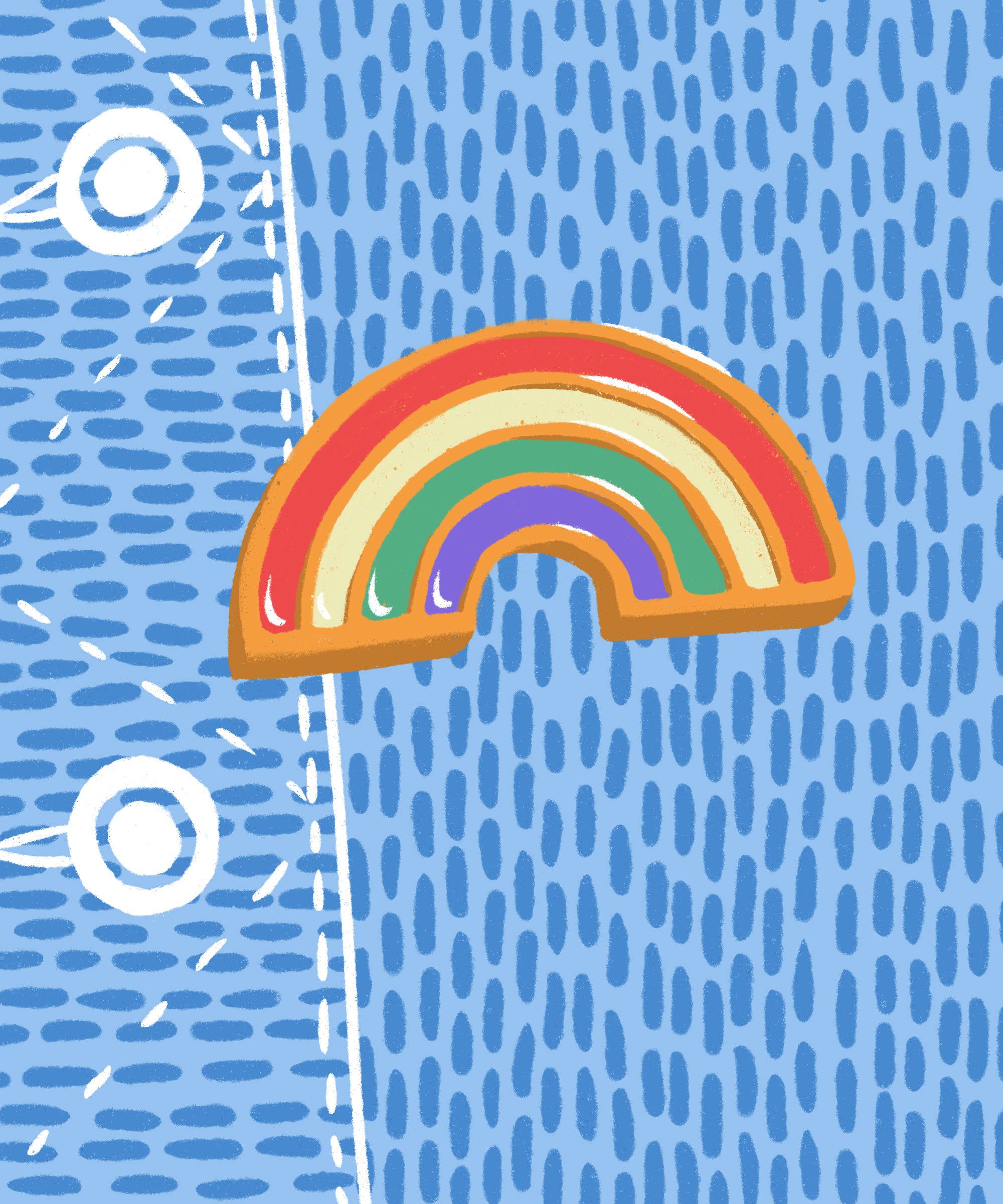
Rainbow
Likely the best-known symbol of the LGBTQ+ community, the rainbow’s association with Pride dates back to 1978, when activist Gilbert Baker created the rainbow Pride flag. Baker chose the colors based on color therapy, in which each color has a specific energy and meaning — but the rainbow itself came to him while he was dancing at a gay club under the influence of LSD. “We rode the mirrored ball on glittering LSD and love power. Dance fused us, magical and cleansing. We were all in a swirl of color and light. It was like a rainbow," he wrote in his memoir.
Illustrated by Lily Fulop
Click HERE to read more.
You can publish this article on your website as long as you provide a link back to this page.

Be the first to comment